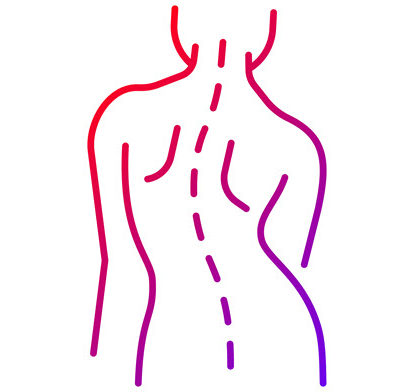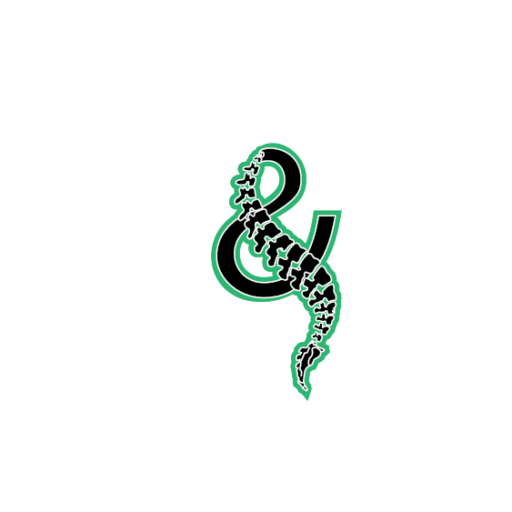How to Spot the Signs of Scoliosis
The most common type of scoliosis diagnosis is adolescent idiopathic scoliosis. This form is not associated with any other diseases, disorders, or conditions. Idiopathic scoliosis is simply an abnormal, sideways curve in the spine for which doctors and researchers have yet to discover the cause. Most cases of adolescent idiopathic scoliosis are discovered just before the start of puberty for most children.
Many schools provide an annual scoliosis screening that will help detect scoliosis, starting around the fifth or sixth grade. In the event a child does not attend a school that provides a mandatory screening, there are certain signs or symptoms that a parent or guardian can look out for.

Signs and Symptoms
The visible signs of scoliosis include:
- uneven shoulders or waistline
- one shoulder blade that appears more prominent than the other
- unevenness in the shape of the rib cage (at back or front)
- one hip appearing to sit higher than the other
- the pelvis shifted to one side
- the head slightly tilted or not centered
- limited flexibility when bending sideways to one side
As a scoliosis curve continues to progress, the spine may also twist or rotate in addition to the sideways “S” or “C” style curve.
This spinal twist is what causes the ribs to appear uneven in certain bending positions.
Testing for Scoliosis
Parents, doctors, and school nurses can use the Adam’s Forward Bend Test to help spot the signs of scoliosis. This test involves the following steps:
- Stand with feet together and parallel.
- Place the palms of your hands together and keep the arms straight
- Bend forward from the torso, keeping the fingertips pointed downward (similar to diving)
From this position, any prominence in the ribs, shoulders, and hips can be seen.
What to Do If You See the Signs
If you notice signs of scoliosis, go see your doctor immediately.
Only a professional can confirm the diagnosis and properly monitor and treat this condition. Each person is unique. Each curve and diagnosis is unique. (What worked for your Auntie who had scoliosis in the 90s may not work for a person today).
Make an appointment with your primary care physician (PCP) or a chiropractor and share your concerns with them. They can perform x-rays and refer you to a specialist for treatment.
Family History
If you have a family history of scoliosis, it is important to start checking for signs in children very young. The earlier a doctor can begin monitoring and treating the curve, the better the opportunity to slow the progression. Slowing the progression may keep the curve in a mild or moderate state and prevent it from maturing into a severe curve that requires surgery.
It’s important to also note that in many mild cases, it may be difficult to spot some of these signs. If there is a history of scoliosis in your immediate family, ask your doctor to check for scoliosis each time you visit. Many curves do continue to progress with age and as the body changes.
Black and brown people are most at risk for developing severe curves (in adolescence or later in life). Monitoring and treatment are crucial. Remember, there is no cure for adolescent idiopathic scoliosis, so the earlier it’s detected and treated (bracing, surgery, or physical therapy), the better the chance of slowing the curve progression. Early detection and proper treatment are beneficial in the long run.


